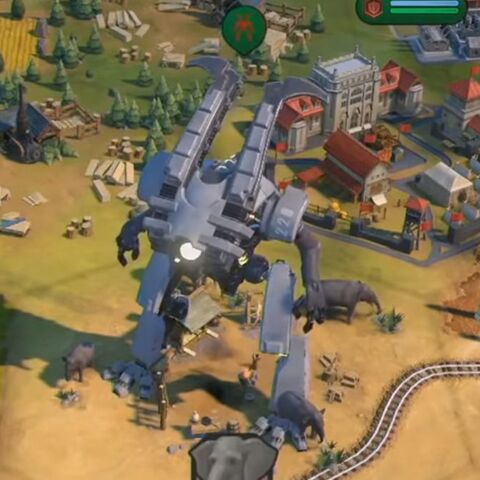This is the continuation of the epic units topic from previous post. Epic units had finally begun to enter mainstream Real-time Strategy gaming. Now it’s time to see what developers did with this growing concept.
When Electronic Arts defied expectations and made their RTS adaption of the Lord of the Rings film series an epic retelling with massive battles, grand fortresses, and larger than life heroes, it only stood to reason that such a game needed at least one super unit thrown in. The fiery demon of Moria, the Balrog, fulfilled this requirement in every way. The pinnacle of the evil forces’ power tree, the Balrog required a large number of power points to unlock (or successfully progressing through 2/3rds of the evil campaign). It was summoned rather than built, and only remained on the battlefield for a limited amount of time. Yet its raw power and special abilities gave it every advantage against whatever enemies it faced. Unless the great Gandalf was on the field, the Balrog was pretty much guaranteed to take the day.
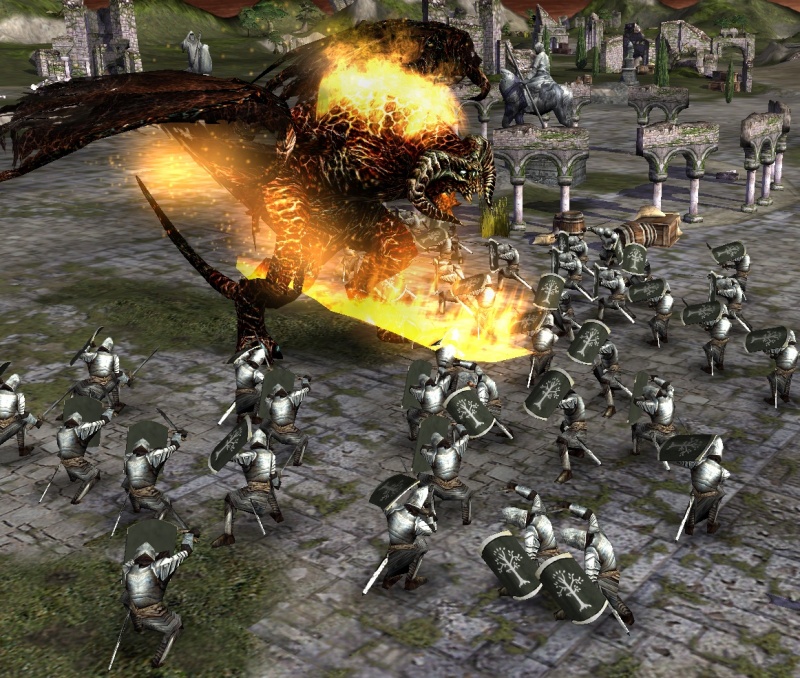
By this point an epic unit of some kind was practically expected in any true RTS publication that was not a strictly historical/contemporary setting. If the game’s genre was sci-fi or fantasy, an epic unit was almost guaranteed to appear. This became readily apparent when Big Huge Games announced Rise of Nations: Rise of Legends, the series’ first foray away from historical settings. The epic units, or Master Units as they were called, were advertised from the beginning and no one was surprised at their inclusion. Indeed, their presence was a source of great excitement and anticipation among the RTS community; and they did not disappoint. Each unit was worth an army by itself, and possessed capabilities beyond what any other single unit-class in the game could deliver.
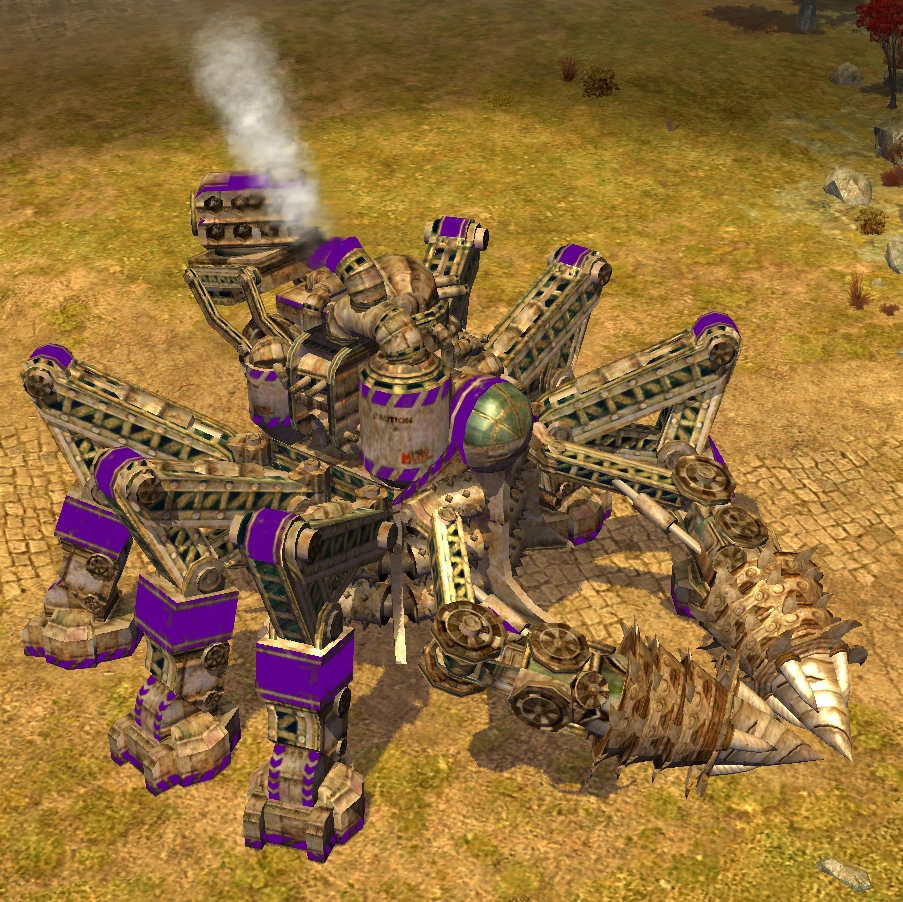
Now that epic units had become commonplace in RTS titles, it was time to make them a central part of game design. Gas Powered Games’ Supreme Commander was released to great excitement in the RTS community as it was billed as the spiritual successor to the much beloved Total Annihilation. Supreme Commander featured a full tier of epic units, dubbed experimental units (and buildings in the some cases), and a great deal of the game’s overall strategy revolved around acquiring these units quickly, or ensuring that opponents could not acquire them easily.
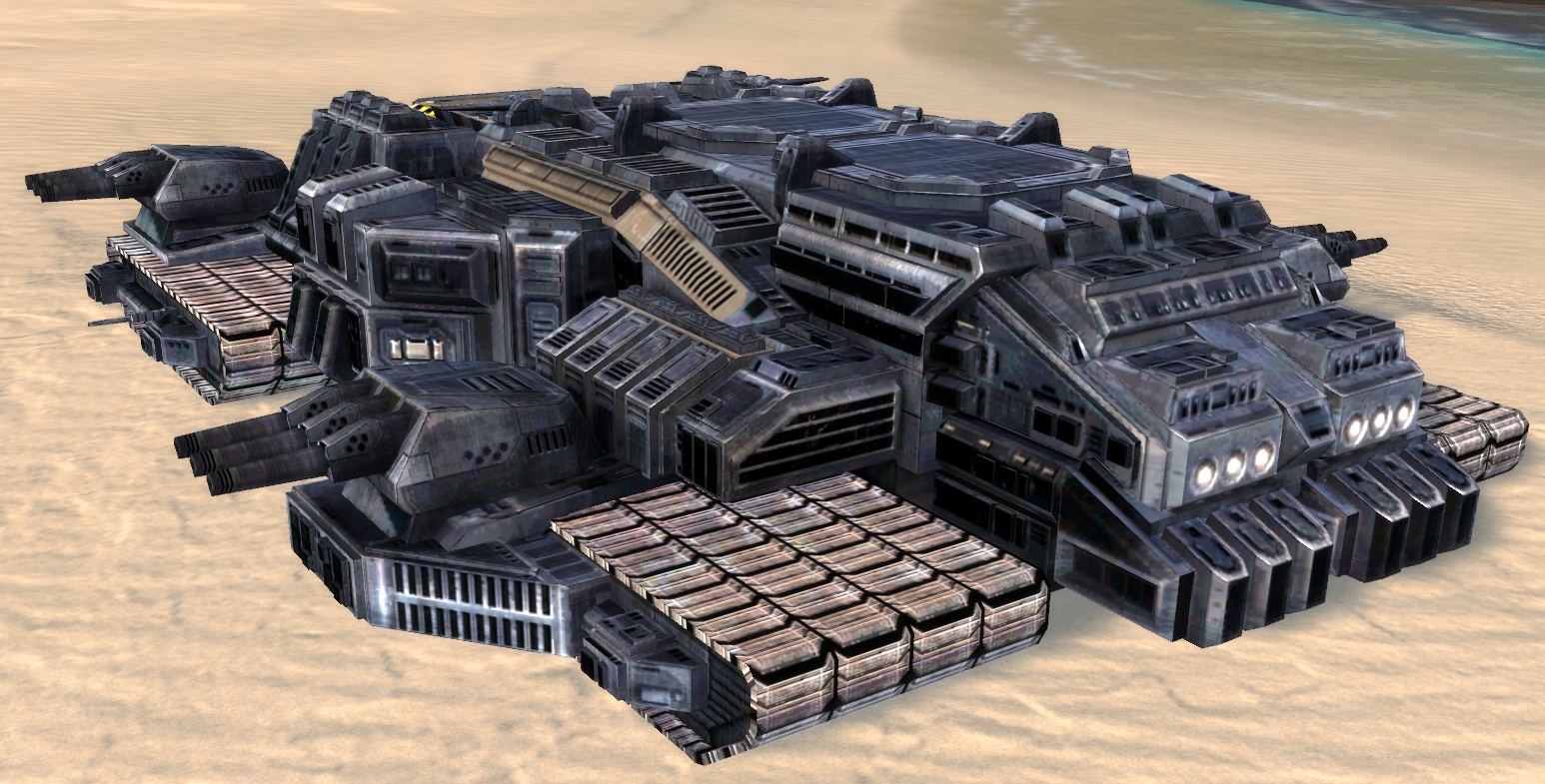
Some such units were so powerful that they were classified as “game-enders” and could be disabled in online or skirmish matches if the player(s) so choose. Surpreme Commander 2, a sequel released three years later, not only featured even more experimental units, but made them almost ubiquitous by going so far as to sideline conventional combat units to the pure rolls of cannon fodder and swarm tactics.
Even though the Command & Conquer franchise had been one of the first to introduce a super unit worthy of the title, it became rather anomalous by staying in production for over a decade without an epic unit of note. This would change with the release of Command & Conquer 3: Kane’s Wrath, which introduced three epic units, one for each game faction. These monstrous war machines physically and statistically dwarfed any other unit, and featured customization slots allowing them to be equipped with a variety of secondary weapons systems. Each epic unit could only be produced from an advanced version of the war factory and cost more credits than any other unit in the game.
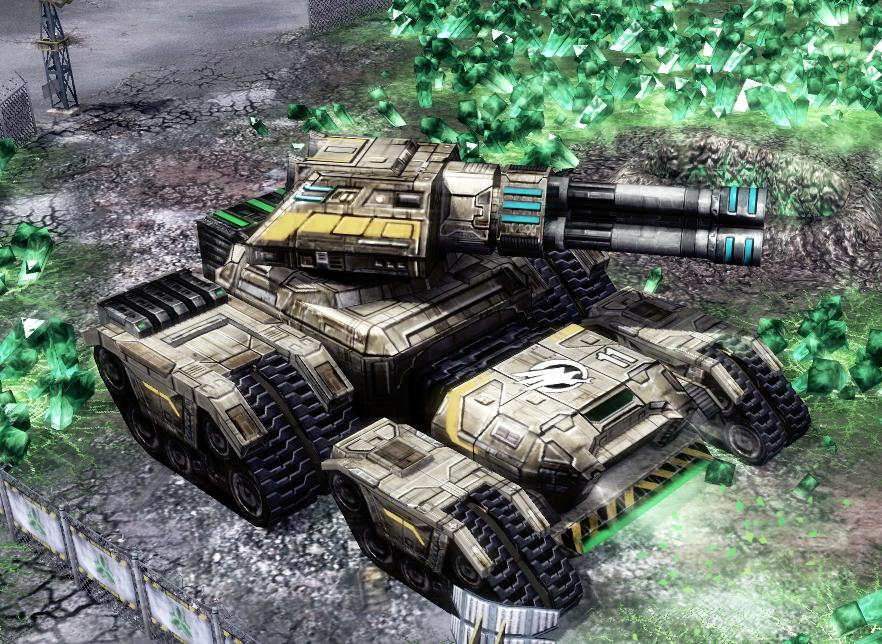
Another Command & Conquer title, Red Alert 3, would be released later the same year. It never approached Kane’s Wrath’s level of epic integration, but it included a campaign only epic unit, the Shogun Executioner, that the player was allowed to control on a few occasions. On an interesting note, this would mark one of the rare times in all of RTS history that a campaign only epic unit was given freely to the player. In fairness, the Shogun Executioner was far from invincible, but its destructive capability surpassed even the faction super-weapons.
The epic units of RTS were the arcade bosses of old brought into the RTS genre. They were rarely the centerpiece of the game’s design or story, but each one almost always left a notable impression on the players that encountered them. As the years passed some players used them as a sort of handicap mode to test unique strategies or challenge themselves to defeat otherwise unbeatable opponents. Designers and producers that had grown up experiencing these battlefield giants in action now applied the concept to new genres and mediums; with movies, card games, literature, and video games on other platforms all featuring super units in one variation or another. The RTS genre may have become obscure as the new millennium moved on, but its contribution to the media presence of epic units is undeniable and will continue to be felt by gamers of all genres for generations to come.
